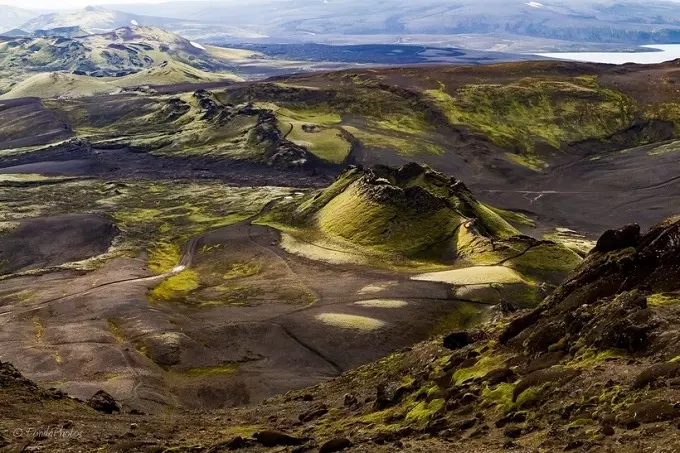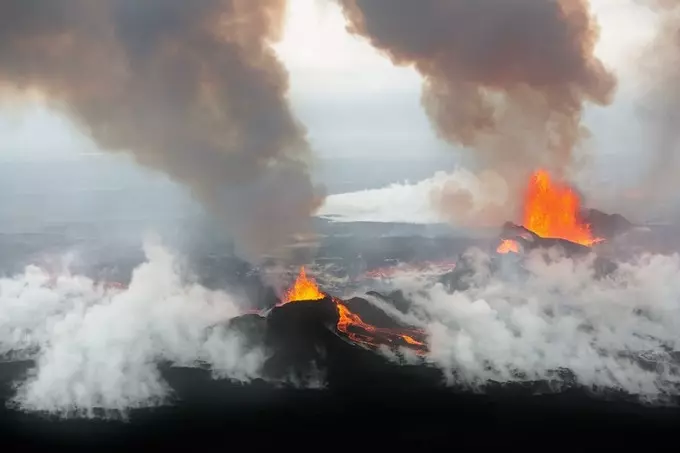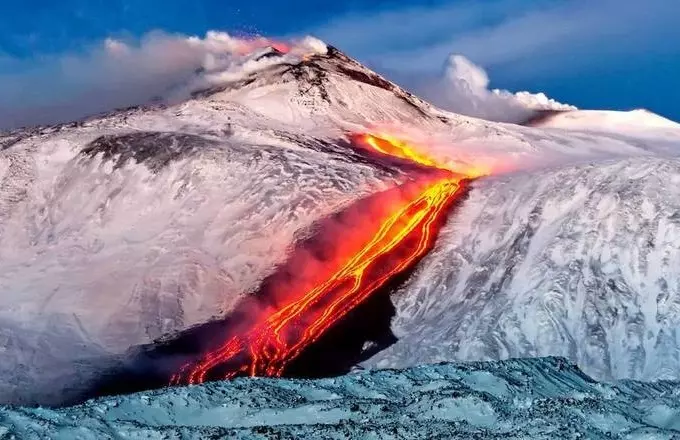How Laki Volcano nearly drove Icelanders off their island in 18th century

When the Vikings settled in Iceland, they could not have imagined that their descendants would endure such harsh trials. The Scandinavians brought farm animals to the island, fished, and built small, warm houses covered with turf. But the life of Icelanders turned into a real nightmare after the enormous Laki volcano woke up in the late 18th century.
After its eruption, Iceland and its inhabitants have long recovered, and the landscape of the island has changed beyond recognition.
Laki is located in the south of the island, in the territory of Skaftafedl National Park. Today the place is popular with travelers, and the small local population is mostly engaged in tourism. But a few centuries ago, this southern region, with its very favorable climate, was a paradise for sheep farmers and other farmers engaged in raising animals and growing crops. That is, until the Lucky Volcano and its neighbor, Grimsworth, woke up in 1783 after a series of earthquakes.
The catastrophic eruption lasted for eight months. The activation of magma led to the formation of a huge fissure about 25 kilometers long, from which lava poured out. One figure gives an idea of the scale of this natural disaster: the lava covered an area of more than 560 square kilometers.

The lava was moving at high speed, sweeping away all living things on its way, and its streams were more than 100 kilometers long as well as nowadays, at that time there were quite a few glaciers on the island, including those in the area of Laki.
The interaction of ice and lava flows had terrible consequences. The melting ice and snow caused floods and mudflows, which completed the destruction of flora and fauna initiated by the volcano.
The eruption sent huge amounts of ash and toxic gases into the air. Most of the sheep, horses, and cows kept on the island died from inhaling the hazardous air and acid rain. Agricultural fields and pastures were destroyed, not only in the immediate vicinity of the volcano but all over the island – mass starvation ensued.
As a result of the terrible eruption, about 10,000 local residents died, while the population of the entire island did not exceed 50,000. Because of the acrid smog hanging in the air and the constant acid rains, this period went down in state history as the “disaster” in the fog. Life on the island was paralyzed for several years.

The Laki Volcano eruption is rated by experts at 6 on an 8-point scale, comparable to the eruptions of such giants as Krakatoa and Pinatubo. This natural event had far-reaching consequences not only for the island and its inhabitants but also for the entire northern hemisphere, especially for Europe. More than 100 million tons of sulfur dioxide were released into the atmosphere over the island. The thick smoke from the activated Icelandic volcanoes enveloped the whole of Europe, and its traces were recorded even over the territory of China.
Like the eruptions of other supergiants, Laki caused a drop in the temperature of the planet. In the Northern Hemisphere, the average annual temperature for several years was 1.3 ºC below normal, and historians attribute the massive crop failures in Europe at the time to this event.
Perhaps the eruption of one of the Icelandic volcanoes will lead to lower temperatures on our planet because, according to the latest data, we can expect more volcanic activity on the island in the near future.




